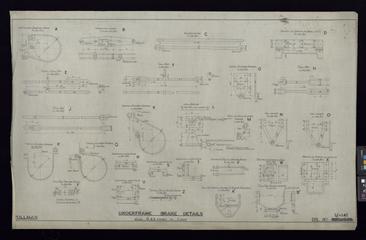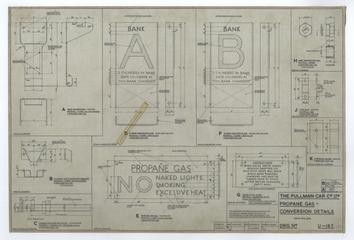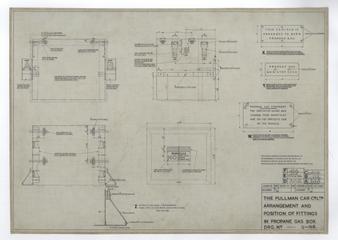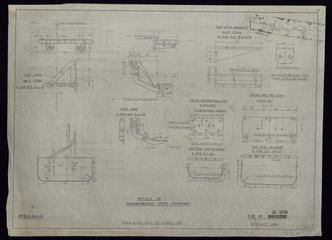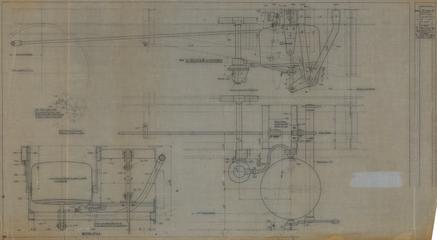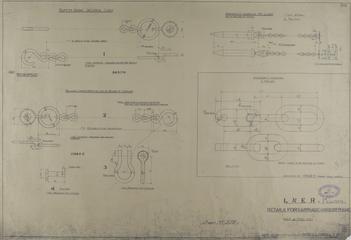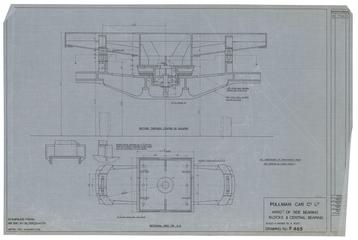
Pullman Car Company
The Pullman Company Ltd was formed in Britain in 1882, based on the Pullman concept of luxury rail travel in the United States and established under US licence and control. The idea of the Pullman car had already been introduced to the UK by the Midland Railway, with a specially chartered train taking a party of people on a tour of England and Scotland in 1876. The Midland railway imported 37 cars and erected them at their Derby Works. They ran them on contract until 1888. Other railway companies also experimented with Pullman services, but gradually developed their own improved rolling stock and ceased their contracts with Pullman.
In 1905 the business was transferred to UK control under the chairmanship of Lord Dalziel, and in 1915 was re-founded as the Pullman Car Company Limited. Following the formation of the UK based company production of coaching stock was gradually moved to the UK. A small number of vehicles were manufactured by the Pullman Car Company’s own workshops at Preston Park in Brighton. The majority were built by private manufacturers such as the Birmingham Carriage and Wagon Company, Cravens of Sheffield, the Clayton Wagon Company of Lincoln, the Midland Carriage and Wagon Company and the Metropolitan Carriage and Wagon Company (later Metropolitan-Cammell). The last Pullman cars were made by the British Rail works at Derby in the 1960s. Preston Park operated primarily as a maintenance and repair shop. The drawings in the collection reflect the multiplicity of sources from which carriages originated.
The central location in Brighton was useful as it was the London, Brighton and South Coast Railway that enthusiastically embraced the luxury Pullman concept, with its first complete train of Pullman carriages in 1881. But the concept was quickly adopted by other railway companies and became synonymous with luxury rail travel, both in the UK and abroad, especially during the 1930s. Pullman services were suspended during the Second World War, but revived in the 1940s and taken over by the newly nationalised British Railways.
By the 1950s much of the rolling stock was becoming out of date. The Pullman Car Company itself was experiencing business difficulties. In line with modernisation plans, the British Transport Commission (BTC) bought out the Pullman Car Company in 1954, despite parliamentary protests. The Pullman Car Company continued to operate as a virtually separate company, despite being wholly owned by the BTC. New Pullman carriages were developed for the mainline routes and diesel multiple units (known as the Blue Pullmans) were designed for the Midland and Western main lines, similar to the then existing electric service from London to Brighton. The multiple units began to be withdrawn from the 1970s, but other locomotive hauled services continued until the 1990s.
The works at Preston Park was closed down in 1963 and all work transferred to BR’s own workshops as part of rationalisation. In 1967 the separate Pullman Division of British Rail was broken up and operations transferred to the various Regions.
